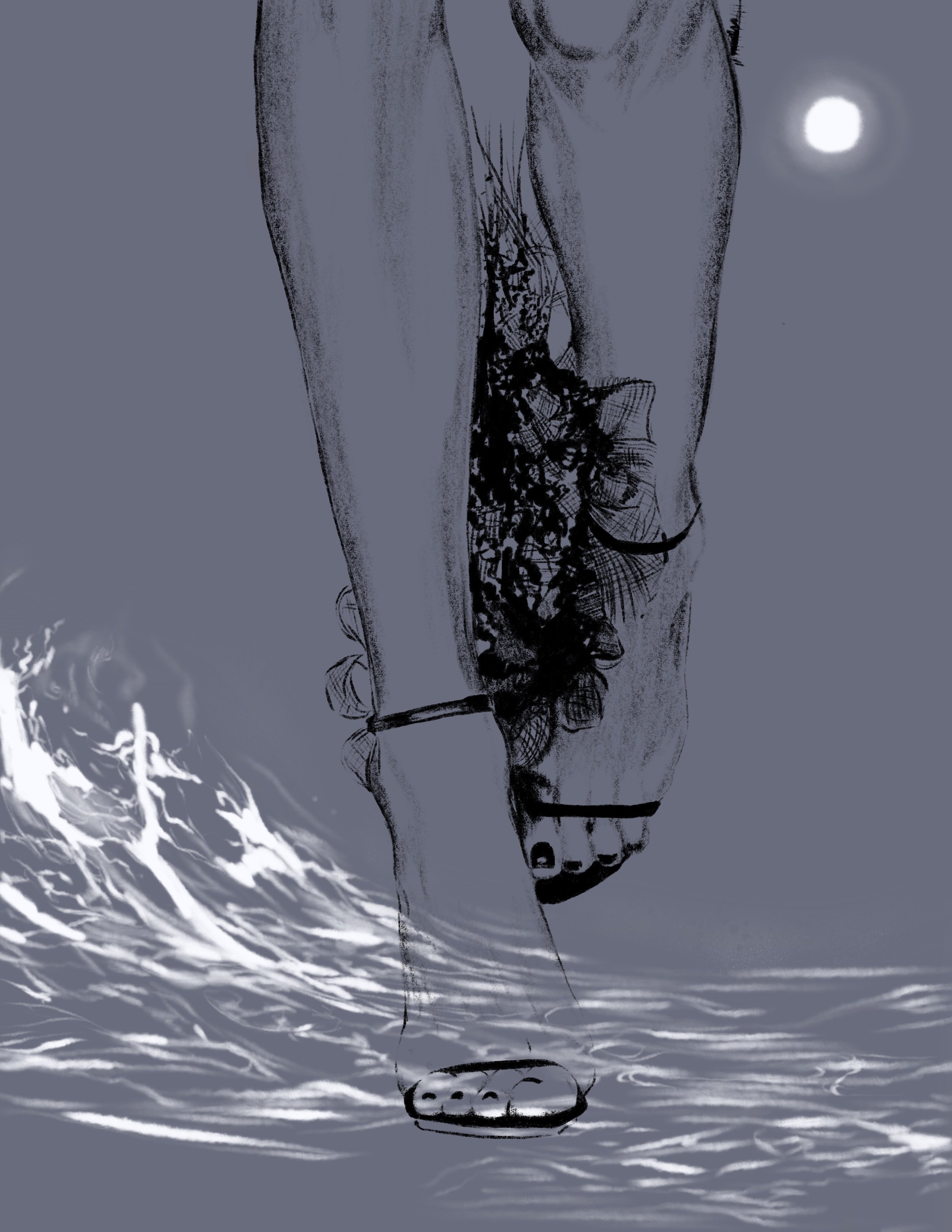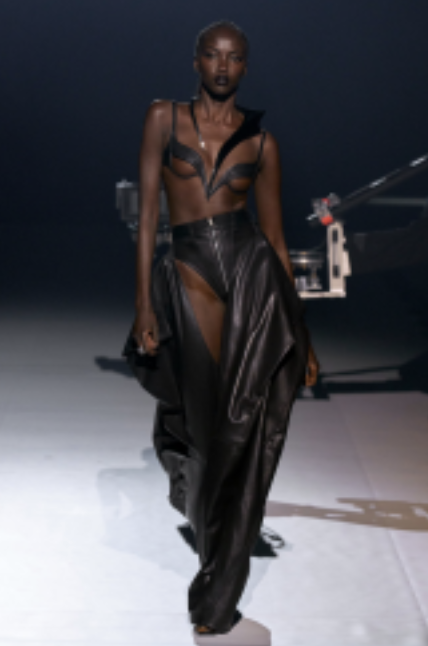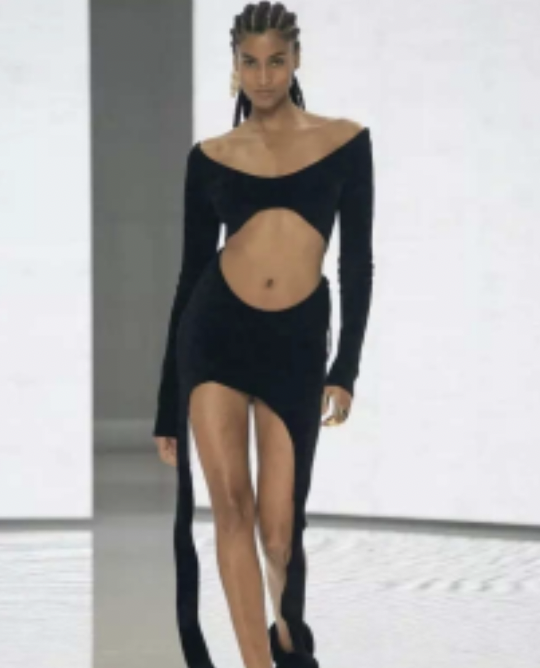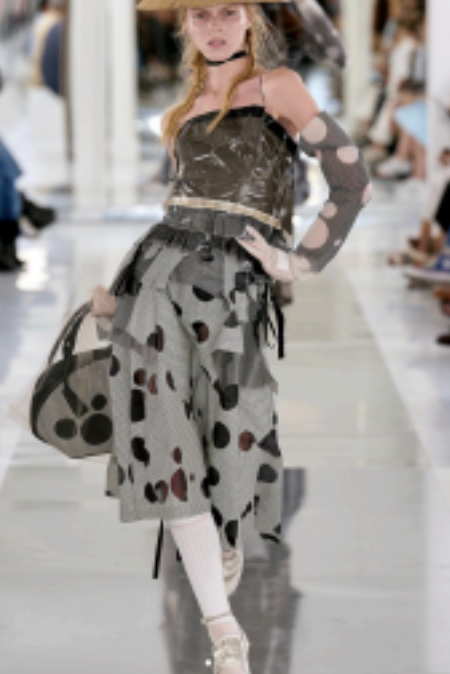Supermodel Status: The New Generation
Illustration by Amelia Tran
Naomi Campbell. Cindy Crawford. Kate Moss. These are the names that come to mind when I hear the word ‘supermodel’. Supermodel status is synonymous with money, power, and glory. Linda Evangelista is famously quoted in saying “we don’t wake up for less than $10,000 a day.” In the glory days of the 90s supermodel, their fame superseded the fashion world, making them household names and worldwide celebrities, through Vogue covers and partnerships with the most prestigious fashion houses.
The ‘Big Five’ - referring to Cindy Crawford, Christy Turlington, Linda Evangelista, Naomi Campbell, and Claudia Schiffer - became celebrities in their own right, endlessly chased after for interviews and photos. The stars that walked the runways of the 90s remain iconic in the minds of many, though most have long retired their catwalk strut. These iconic names are no longer the faces of high fashion, though their supermodel legacies remain prominent. But the question remains: who are the supermodels of today? What features define the newest generation of supermodels?
The modelling world has seen a major shift with the rise of social media allowing the development of celebrity influencers. Instagram models grow famous through social media posts, creating a new aspect to industry, and changing the methods of discovery. This has changed the strategies of marketing as well, with many brands opting for well-known models or influencers to increase their visibility and widen their audience of consumers. This has resulted in the widespread use of celebrity models and endorsements over lesser known names, leading to the controversy surrounding nepotism. While Kate Moss was discovered at age 14 at the JFK airport, the world watched on reality TV as a 14 year old Kendall Jenner gained massive opportunities through her industry savvy mother and celebrity athlete father. The public’s nepo-baby disdain haunts the different corners of the entertainment industry, as it seems as though executives have no idea how to handle the new digital era of branding, constantly opting for the safe option of those born into a celebrity legacy. The most famous names in modelling have nearly all benefited from the nepotism factor, including the likes of Lila Moss, Gigi and Bella Hadid, and Kaia Gerber. But while these names draw lots of attention and have worked with the biggest brands in high fashion, can we really consider them to be supermodels in their own right?
The modern technological evolution has created new questions and confusions for the fashion and modelling industry. While brands flounder with how to stand out amongst the overwhelming amount of content, social media has also increased the call for better representation and visibility for marginalised groups, leading to pressure on the industry to be more inclusive in who they feature as the faces of brands. As well, the major negative impact the modelling industry has had on the physical and mental health of the models has become more known, as people grow more comfortable speaking out about their experiences.
While Kate Moss became a household name for her thin figure, her modelling career was not always glamorous, revealing in an interview with BBC how she felt coerced into posing topless at the young age of 16. Lily Soleil Correa Lewites spoke of similar experiences, being left alone with two male photographers who pressured her to undress at only 17. The sharing of these experiences inspires others to speak out, invoking positive change in the industry. While conventional beauty ideals are still rampant in the industry, and the industry’s ethical standards have a long way to go, our magazines and runways are more diverse and the industry is more transparent than ever before.
What does this mean for the iconography of the coveted supermodel role? To be honest, I don’t think that term holds the same weight that it once did. While the Big 5 gained their notoriety through long hours, endless flights, and tiresome fashion weeks, those considered supermodels of this generation were already celebrities, likely to be famous and successful no matter what career path they followed. Kendall Jenner’s famous name is no doubt what drew attention to her modelling work, not the other way around. “Supermodel” doesn’t mean what it used to, now used more as a term for a celebrity who models, rather than a model-made celebrity. That’s not to discredit the work of those lucky enough to be born into nepotism, but it’s definitely a factor worth acknowledging. Maybe more now than ever before, it’s difficult for the average model to create a name for themselves when in competition with those whose connections and networking advantages make it easy for them to remain at the top.
There are definitely some modelling names that are worth paying attention to. Anok Yai, the second black model after Naomi Campbell to open a Prada show, has caught my eye with her effortless walk, time and time again. Adut Akech stunned during SS24, particularly during the Messika show, and Imaan Hammam’s walk has grown in confidence since her 2014 debut. Potentially my favourite of the year, Colin Jones, otherwise known as Col the Doll, for Maison Margiela SS24 took social media by storm and rightfully so. Maison Margiela showcased the most unique walks of the season, but Jones’s definitely stood out.
While these names might never gain the same notoriety that the Big Five of the 90s did, perhaps they were always destined to be outshined by the glamour of the rich and the famous, they definitely showcase their skill and belonging on the runway.





